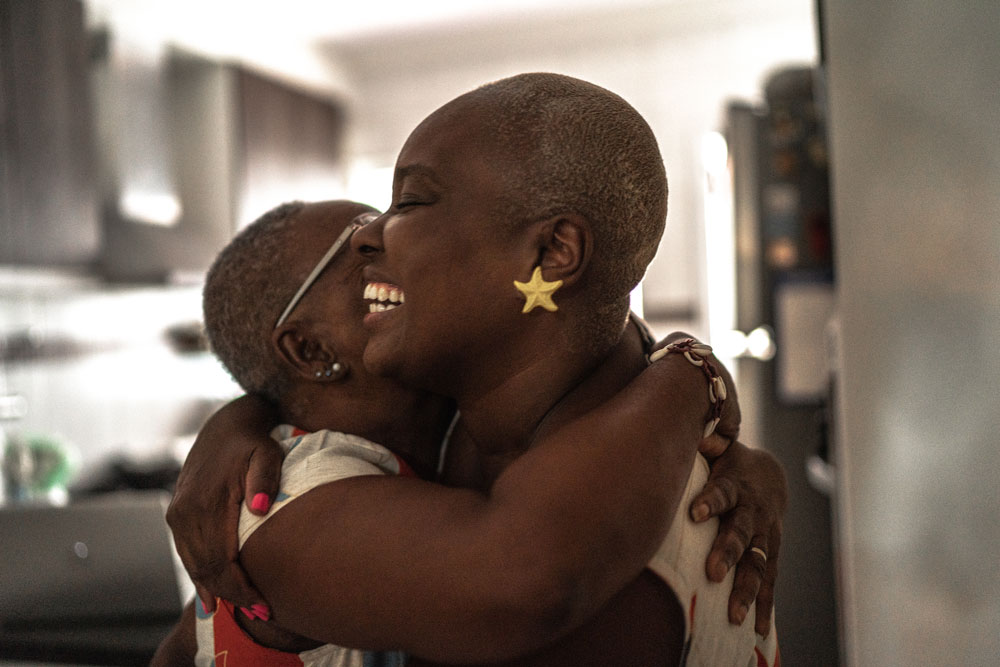Patients as Partners 2022: Moving from Insights to Action
Empowered patients are the touchstone of modern healthcare. Yet, in a highly regulated industry, with scores of stakeholders, novel scientific questions and methodologies, emerging technologies and digital tools, the clinical research community can miss the forest for the trees when it comes to patient empowerment. More specifically, opportunities to thoughtfully engage patients throughout the drug development lifecycle can be missed simply due to the flurry of various research activities. The annual Patients as Partners conference serves as a bellwether of industry practices focused on how to include the patient voice through all phases of drug development, and how to operationalize insights for flexible, inclusive trials, and ultimately, more meaningful patient outcomes. At last week’s conference, patient advocates, sponsors, CROs, sites, policy influencers and regulators convened in Philadelphia, Pennsylvania, for two days of impassioned discussion, shared learnings, and bold reminders of why patient insights and deeper partnerships matter.
As a panelist at this meeting, I had the opportunity to speak about the patient journey for cell and gene therapies. As the promise and the future of personalized medicine, patient education is mission critical to their real-time empowerment. Cell and gene therapy can be a lifeline to many patients with life-threatening diseases, but also brings increased opportunity of both known and unknown safety risks. When we counsel patients, not only do we need to explain benefits and risks, but the commitment involved. Not everyone understands that a five-to-fifteen-year follow-up is typically required for some cell and gene therapy trials. We must also build out infrastructure support for clinical sites and patients to better manage the trial experience.
The two-day agenda was packed with the latest and most prominent initiatives and progress updates from a host of industry leaders, spanning AbbVie, Amgen, Bayer, BMS, Boehringer Ingelheim, GSK, Janssen, Lilly, Merck, Novartis, Pfizer, and Sanofi, among others. Select key takeaways from these contributors are summarized below.
What is the industry doing well? Overall, consensus suggested protocol development is “getting smarter” – through combinations of hybrid elements, patient support and other mechanisms that make clinical trial participation more patient friendly. Biopharmaceutical sponsors showed how their organizations are taking more of a systematic approach to patient engagement through patient advocacy partnerships, co-creation, as well as the creation of key performance indicators and measurement. Marc Boutin, Global Head, Patient Engagement, Novartis described efforts to rebuild Novartis’ centralized approach to patient engagement across the product lifecycle, and the necessity of focusing on discipline and methodology. “Patient engagement is a profession, not a ‘nice-to-have’ and we have to ensure it’s here to stay,” he advised.
Additionally, five U.S. FDA representatives spoke about how the agency is using patient insights and experience to expand patient science with better data and advance health equity.
Where can we do better? Informed consent practices frequently came up, and the need to treat it as a process instead of a one-time event. Practical suggestions included creating opportunities to educate patients in advance of the meeting with investigators, allowing more time for discussion with families and caregiver networks, and converting the language to shorter, patient-friendly formats.
Despite industry focus on decentralized clinical trials (DCT), patient readiness for the digital technology as a condition of participation is still rife with assumptions. Perhaps the most jarring example came from a patient advocate statement that 25% of New York city’s population does not have broadband access.
Other areas of progress and opportunities for continuous improvement included:
-
Diversity, equity, and inclusion discussions were central themes, with many references to access challenges, lack of representation at sites and systemic racial bias evidence. A powerful patient keynote featured Karen Peterson of Karen’s Club, who navigated a triple-negative breast cancer diagnosis in 2015 and went on to found a patient advocacy organization focused on education, information and support for patients of color around clinical trials. She overcame multiple early setbacks – primarily HCP discouragement of immunotherapy and denial of her request for genomic testing – to become an active participant in her care. Her journey to becoming an informed patient was chock-filled with movie-worthy event descriptions, including how she broke into a lab to speak with a researcher about clinical trial inclusion, direct outreach to an investigator running a trial involving a “cousin” of her mutation, and finally, identifying a clinical trial that offered her a 4% chance at remission, which she took and now credits with saving her life.
-
Community engagement. While relationship building takes time in any situation, it’s critical for sponsors to invest efforts in community outreach, well before asking for their participation in clinical research. Emma Andrews of Pfizer advised on the importance of understanding the trusted sources in local communities as a starting point and building relationships from there. This recommended practice was echoed by Adrelia Allen of Merck and Tesheia Johnson of the Yale School of Medicine. With more than a decade of work in this area, The Yale Center for Clinical Investigation is considered as a model of community partnership engagement.
-
Co-creation and shared decision making. Co-creation of educational and support materials is necessary to ensure patients are addressed in culturally appropriate ways. Emma Andrews discussed how Pfizer partnered with the National Black Nurses Association and other organizations to co-create patient-facing COVID materials. Roslyn Schneider of BioMarin and patient advocate Stacy Hurt led an interactive session that mapped out opportunities to co-create DCT models with patients. Discussion centered on optionality (the ability to choose telehealth or in-person sessions for each visit), data ownership (patient’s own their data) and transparency (helping patients understand what the data will be used for).
-
Meeting patients where they are. (Literally) It’s a well-known fact that the average clinical trial participant lives more than 2 hours away from the nearest research site. Several examples highlighted successful use cases of mobile solutions to alleviate logistical barriers to clinical trial access. Kai Boden of Merck shared an entertaining account of how he converted a 39-foot Winnebago into an iLab53 to support COVID studies in under-represented communities. He reminded the audience that “it’s important to be micro-ambitious and celebrate small wins” as he shared positive feedback from local Salvation Army and Constituent Services representatives.
-
How digital health tools are changing the clinical trial journey. Digital health measurement is rapidly evolving and changing our understanding of health. Yashoda Sharma from the Digital Medicine Society (DiMe) shared toolkits designed to help the research community deploy optimal digital inclusion in product development, using real world examples from diverse populations to show how increased product engagement can impact revenue.
-
Health literacy is not a developing world issue. Patient advocate Cindy Geoghegan stated that 88% of adults in the US are considered to have low health literacy, which combined with misinformation and a lack of digital know-how can have profoundly negative consequences for patient outcomes. There’s a dire need for better patient-facing materials, healthcare provider training and collaborative efforts with patient communities.
As an industry, we’ve been talking about the importance of patient centricity for over a decade. As the urgency continues to rise in an ever challenging and uncertain world, there is less patience and palpable pressure to demonstrate meaningful progress. During an interactive session focused on co-creating DCT and hybrid models, patient advocate Stacy Hurt urged the audience to act now and challenged everyone to return next year with a report on what they did differently in the last 12 months.
As a new leader to Parexel tasked with a mission that has great promise for patients, I’ll take Stacy’s call to action to heart, as I work with colleagues, customers, and partners to build out the next-generation clinical trial framework for cell and gene therapies.






